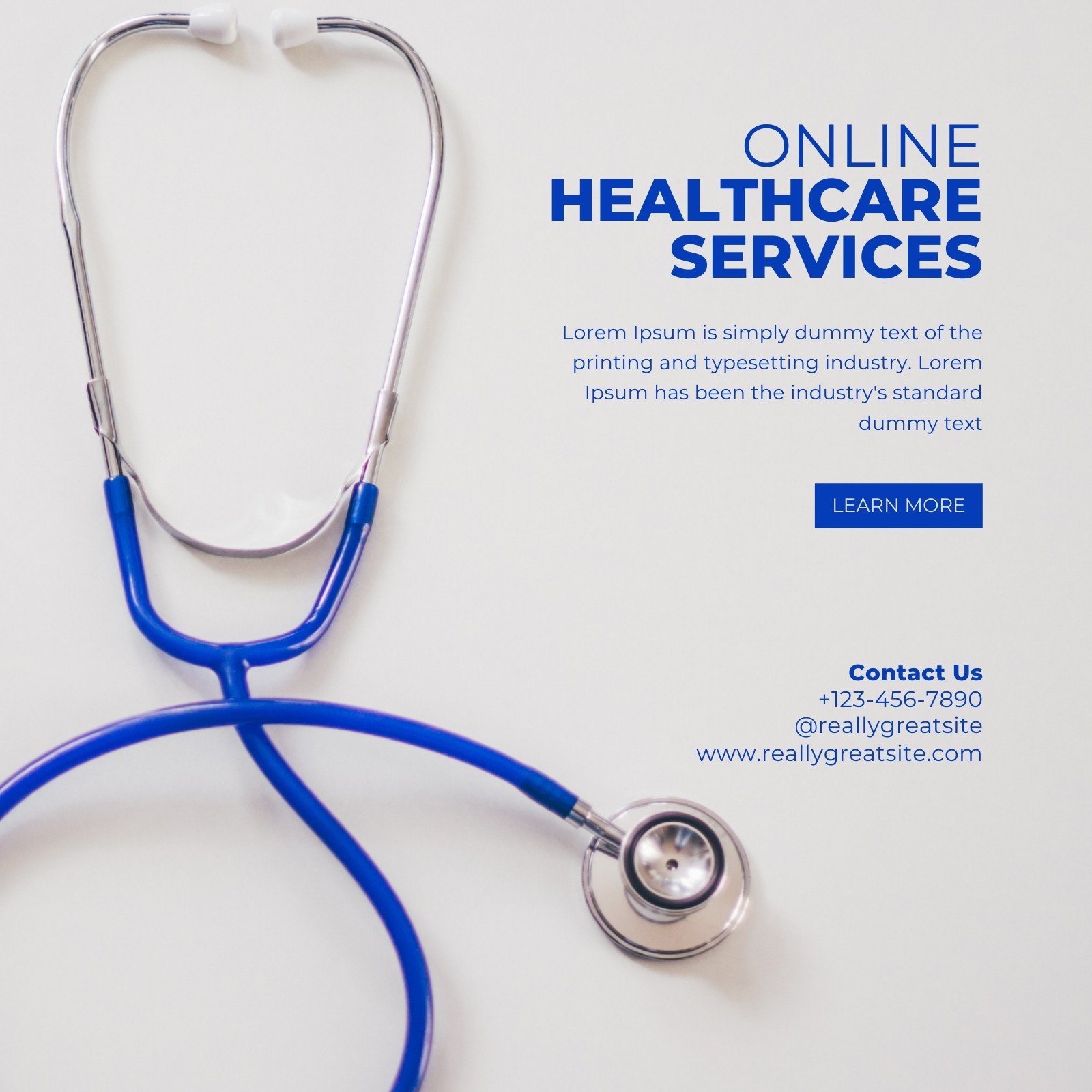How Subscription Based Healthcare is Changing Patient Access to Services
How Subscription Based Healthcare is Changing Patient Access to Services
Blog Article
Recognizing the Cost-Effectiveness of Subscription-Based Healthcare Designs
As the medical care landscape advances, subscription-based versions arise as an engaging option, guaranteeing to redefine exactly how people handle medical expenses. Assessing these models' cost-effectiveness necessitates a nuanced comparison with traditional insurance policy, taking into consideration both economic effects and person satisfaction.
Review of Subscription-Based Versions
Subscription-based health care designs, in some cases referred to as straight key care or concierge medication, are significantly getting interest as a potential remedy to inadequacies within standard health care systems. These models run on the principle of offering patients straight access to healthcare providers via a regular monthly or annual cost, bypassing the requirement for conventional insurance devices. This arrangement intends to enhance patient-provider interactions by lowering administrative worries, which commonly impede prompt and individualized care.
At the core of subscription-based designs is the emphasis on a much more customized person experience. Clients gain from improved accessibility to their medical professionals, commonly including same-day or next-day consultations, prolonged appointment times, and direct interaction channels such as phone or video telephone calls. This model promotes an aggressive method to medical care, where service providers and individuals can collaboratively concentrate on preventative care and persistent disease administration.

Price Contrast With Traditional Insurance

One of the main monetary advantages of membership designs is openness in expenses. Individuals pay a foreseeable charge, which can streamline budgeting and monetary preparation. Furthermore, these versions typically eliminate co-pays and deductibles for protected solutions, lowering out-of-pocket investing. Alternatively, typical insurance policy might be a lot more helpful for individuals requiring specialized care or pricey therapies not covered under a membership design, as they benefit from the broader coverage network and cost-sharing devices.
Nonetheless, cost-effectiveness is context-dependent. While membership versions may supply cost savings for those primarily needing key care, people with chronic problems or specialized healthcare requirements might discover typical insurance coverage extra extensive. Consequently, assessing details healthcare demands and possible usage is vital in identifying one of the most cost-effective choice for people.
Influence On Client Fulfillment
Patient satisfaction within subscription-based healthcare versions usually mirrors a considerable enhancement over conventional insurance systems. Unlike traditional systems, where people could experience delays in receiving treatment, subscription-based designs guarantee more straight and prompt communications with healthcare providers.
In addition, the openness in costs related to subscription-based health care minimizes the common stress associated with unexpected costs and complicated billing procedures seen in conventional insurance policy (subscription based healthcare). Individuals appreciate understanding the exact economic commitment upfront, bring about enhanced trust fund and confidence in their medical care administration
In addition, the emphasis on preventative care and health in subscription designs contributes to enhanced wellness results, better enhancing individual satisfaction. By concentrating on recurring health maintenance instead of anecdotal care, clients experience an even more holistic and constant health care trip.
Furthermore, the improved provider-patient partnership cultivated in these models, defined by even more time invested per patient and individualized focus, plays an essential role in raising individual satisfaction levels, as clients feel really looked after and recognized.
Service Provider Experiences and viewpoints
From the copyright's viewpoint, subscription-based healthcare models provide a transformative technique to providing clinical solutions. These versions stress a aggressive and preventative medical care approach, permitting providers to concentrate on comprehensive patient care without the constraints of traditional fee-for-service arrangements (subscription based healthcare). This shift in emphasis usually causes boosted person end results and increased service provider complete satisfaction, as healthcare professionals can allocate even more time and sources to individual interaction and customized care strategies
Additionally, membership models facilitate foreseeable profits streams, which improve financial security for medical care suppliers. This predictability enables improved source planning and allotment, adding to a much more efficient healthcare shipment system. Companies can invest in team technology, training, and facilities enhancements, thereby boosting the quality of treatment offered.
Nevertheless, the change to subscription-based versions is not without challenges. Despite these obstacles, lots of carriers find that the benefits of increased individual communication and structured procedures surpass the first obstacles, making subscription-based models an attractive option.
Future Prospects and Challenges

A primary obstacle is regulative compliance, as subscription versions need to abide by advancing medical care plans and insurance coverage needs. This demands continuous adaptation and development to Check Out Your URL make certain positioning with legal criteria. Furthermore, integrating these versions into existing medical care facilities can be complex, calling for significant financial investments in innovation and training.
There is likewise the prospective risk of developing inequities in medical care gain access to, as subscription designs might prefer those who can afford them, leaving vulnerable populations underserved. Resolving this needs thoughtful factor to consider of pricing approaches and subsidy devices to ensure inclusivity.
Verdict
Subscription-based healthcare designs present a feasible choice to conventional insurance policy by offering monetary predictability and openness, particularly benefiting people with chronic conditions or regular medical care needs. The cost-effectiveness of these designs rests upon specific healthcare usage patterns and scenarios. While they might enhance client contentment and streamline budgeting, difficulties stay in resolving specialized care needs. Future considerations click to investigate include stabilizing thorough insurance coverage with affordability and integrating these designs within the wider health care system for optimum end results.
Subscription-based healthcare models, occasionally referred to as straight key care or attendant medication, are significantly getting interest as a prospective service to inefficiencies within conventional healthcare systems. Unlike typical systems, where patients could experience hold-ups in getting care, subscription-based models make certain even more direct and timely interactions with medical care providers.
These versions highlight a proactive and preventative medical care method, allowing providers to concentrate on extensive patient treatment without the restrictions of traditional fee-for-service setups. As these designs proceed to get traction, they supply the prospective to revolutionize individual access to care, simplify solution shipment, and maximize health care investing.Subscription-based health care models provide her latest blog a sensible alternative to typical insurance coverage by supplying monetary predictability and openness, especially profiting individuals with persistent problems or regular medical care needs.
Report this page